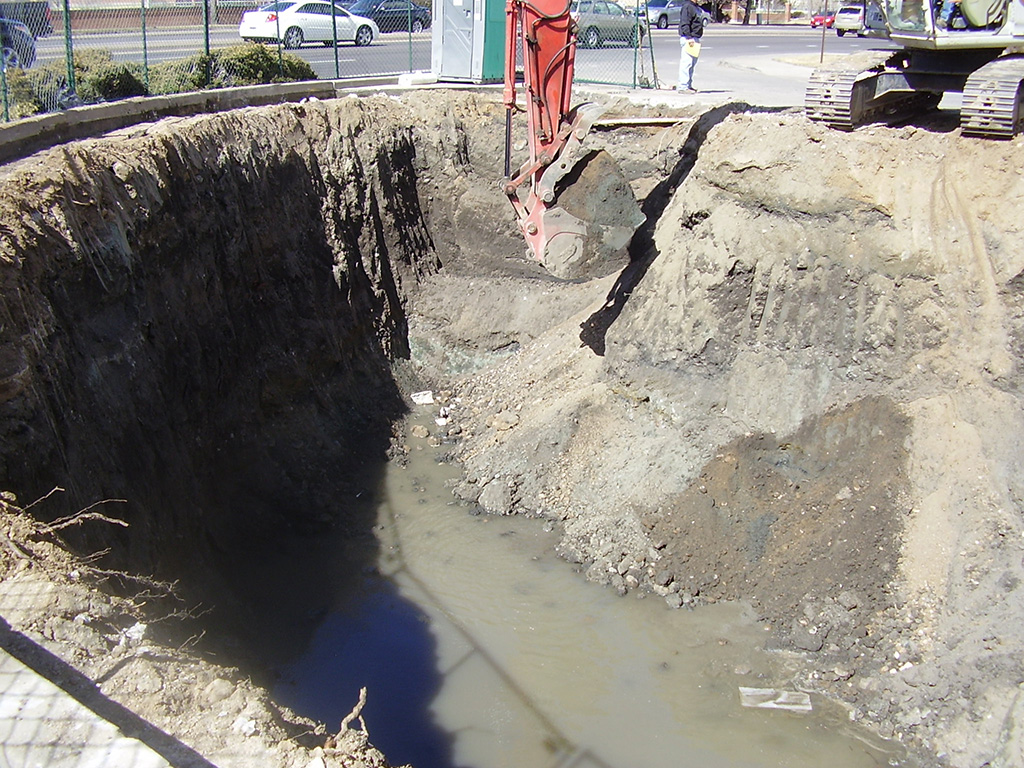
E.T.'S engineers and geologists provide in-depth characterization of groundwater, soils and air
What we do:
Phase I
Phase I Environmental Site Assessment (ESA) is usually performed for a real estate transaction. The purpose of the ESA is to gather available information about the physical setting, history, and land use activities of each site and surrounding area in order to identify, to the extent feasible, recognized environmental conditions in connection with each property.Phase II
If indicated by the results of the ESA or if known or suspected issues need to be evaluated, investigation moves to the second phase, also known as the intrusive phase. During this phase, soil, groundwater, building materials, or air are sampled to analyze for various constituents (such as petroleum hydrocarbons, heavy metals, pesticides, solvents, asbestos, PCBs, and lead).
Phase III
Design of a remedial plan for the site (additional Phase II investigation and testing may be conducted).
Excavate soils, offsite disposal
Contaminated soils are excavated when in-situ treatment methods may be too expensive or take too long. Excavated soils are transported for offsite disposal or treatment
Permitting
If there is groundwater in excavation, ET acquires a permit to pump and discharge water during excavation
IN-SITU TREATMENT INJECTION

To address remaining contamination after a major excavation project




